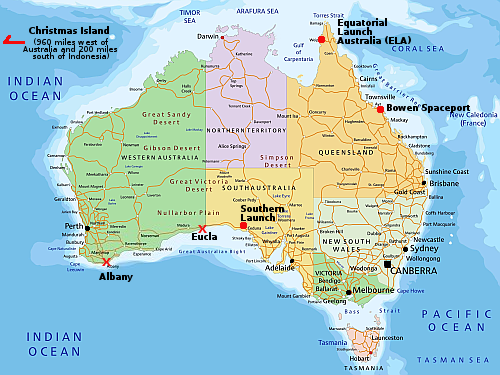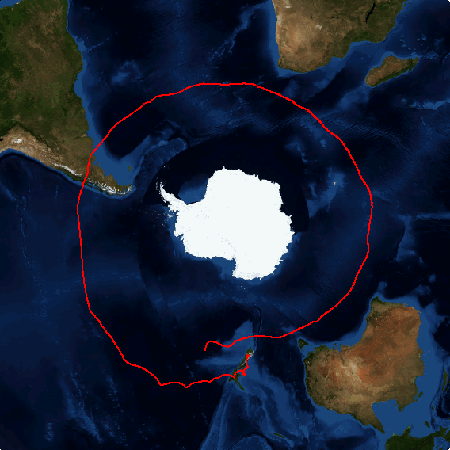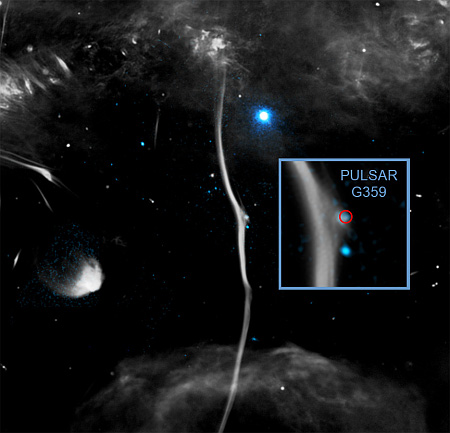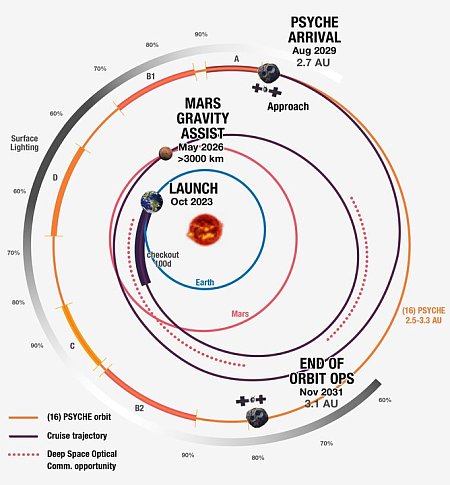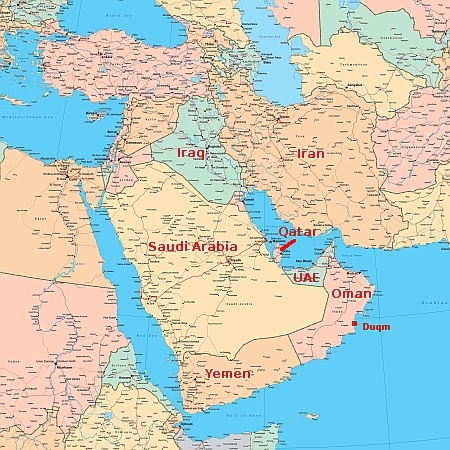NASA cancels VIPER solicitation
NASA today announced that it has canceled its solicitation from the private sector, asking for proposals for launching its overbudget and as yet unfinished lunar rover VIPER to the Moon.
NASA announced Wednesday it is canceling its Lunar Volatiles Science Partnership Announcement for Partnership Proposals solicitation, which sought opportunities to send VIPER to the Moon at no cost to the government.
The announcement, which was very short and lacking in any details, stated also that the agency “will announce a new strategy for VIPER in the future.”
Some background: VIPER was originally budgeted at $250 million. When cancelled in 2024 its budget had ballooned to over $600 million, and that wasn’t enough to complete the rover for launch.
This decision suggests the agency did not get any worthwhile proposals. Apparently, no one was interested in paying the cost to get VIPER finished (about $100 million) and launched. It is also likely that the planned Trump budget cuts had an impact on this decision. NASA management probably recognized that there was no way they could con the administration into forking over any money to finance any private proposal.
It is also possible that this cancellation now is part of the typical game NASA managers always play to get Congress to fund bloated programs like this. Cancel it, get the propaganda press to cry about how the cancellation is so terrible, which in turn gets Congress outraged and willing to approve the extra funds.
NASA today announced that it has canceled its solicitation from the private sector, asking for proposals for launching its overbudget and as yet unfinished lunar rover VIPER to the Moon.
NASA announced Wednesday it is canceling its Lunar Volatiles Science Partnership Announcement for Partnership Proposals solicitation, which sought opportunities to send VIPER to the Moon at no cost to the government.
The announcement, which was very short and lacking in any details, stated also that the agency “will announce a new strategy for VIPER in the future.”
Some background: VIPER was originally budgeted at $250 million. When cancelled in 2024 its budget had ballooned to over $600 million, and that wasn’t enough to complete the rover for launch.
This decision suggests the agency did not get any worthwhile proposals. Apparently, no one was interested in paying the cost to get VIPER finished (about $100 million) and launched. It is also likely that the planned Trump budget cuts had an impact on this decision. NASA management probably recognized that there was no way they could con the administration into forking over any money to finance any private proposal.
It is also possible that this cancellation now is part of the typical game NASA managers always play to get Congress to fund bloated programs like this. Cancel it, get the propaganda press to cry about how the cancellation is so terrible, which in turn gets Congress outraged and willing to approve the extra funds.

